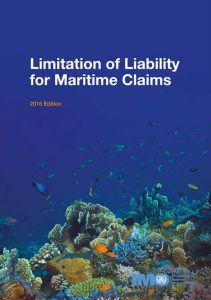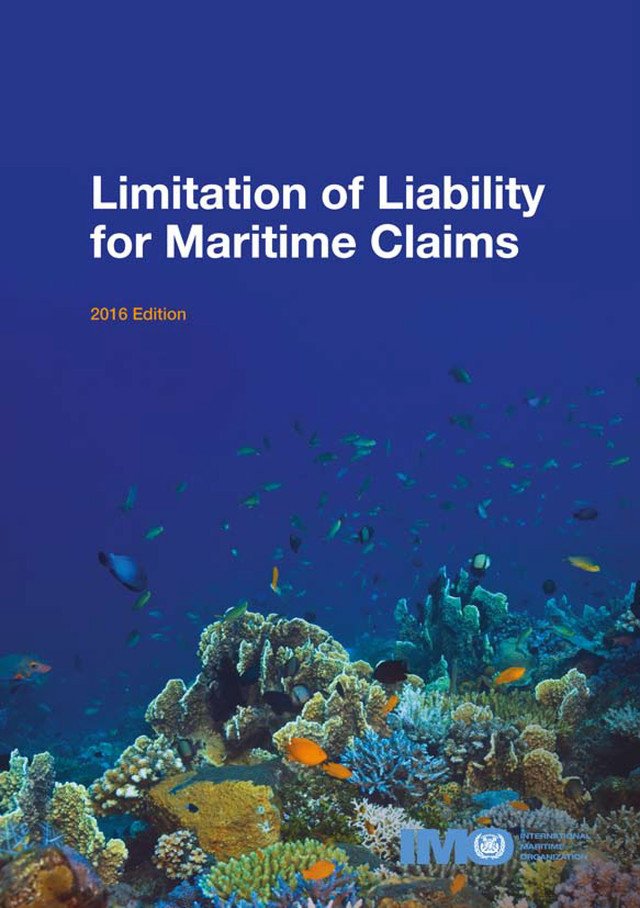
The Importance of Limiting Maritime Liability
Maritime transport is the backbone of international trade, facilitating the movement of goods across the globe. However, with the vastness of the seas comes the inherent risk of accidents, damages, and losses. Determining liability in such incidents can be complex, potentially leading to exorbitant claims that threaten the viability of shipping enterprises. To address this, the international community established the Convention on Limitation of Liability for Maritime Claims (LLMC) 1976, providing a balanced framework that protects shipowners while ensuring fair compensation for claimants.
Understanding the LLMC 1976 Convention
The LLMC 1976 Convention is an international treaty adopted to unify and standardize the rules concerning the limitation of liability in maritime claims. It allows shipowners and salvors to limit their liability for specific claims, provided certain conditions are met. This limitation is crucial in maintaining the financial stability of maritime operations and encouraging the continued growth of global trade.
Key Objectives:
-
Uniformity: Establish consistent rules across jurisdictions.
-
Protection: Shield shipowners from unlimited liability.
-
Fair Compensation: Ensure victims receive adequate recompense.
Historical Context: Evolution of Maritime Liability
Before the LLMC 1976, maritime liability was governed by various national laws and earlier conventions, leading to inconsistencies and uncertainties. The 1957 Brussels Convention attempted to harmonize these laws but was deemed inadequate due to its low liability limits and restrictive provisions. Recognizing the need for a more effective framework, the LLMC 1976 was introduced, significantly increasing liability limits and broadening the scope of claims covered.
Core Provisions of the LLMC 1976
Persons Entitled to Limit Liability
The convention extends the right to limit liability to:
-
Shipowners
-
Charterers
-
Managers
-
Operators
-
Salvors
-
Insurers of liability claims
Claims Subject to Limitation
The LLMC 1976 covers claims arising from:
-
Loss of life or personal injury
-
Loss of or damage to property
-
Delay in the carriage of cargo or passengers
-
Other direct financial losses resulting from the operation of the ship
Exceptions to Limitation
Limitation of liability is not permitted if it is proven that the loss resulted from the personal act or omission of the liable party, committed with the intent to cause such loss or recklessly and with knowledge that such loss would probably result.
Limitation Amounts and the 1996 Protocol
The original LLMC 1976 set specific limits based on the ship’s tonnage. However, these amounts were later deemed insufficient due to inflation and increased claim values. To address this, the 1996 Protocol was adopted, substantially raising the liability limits and introducing a simplified procedure for future adjustments.
Updated Liability Limits (Post-1996 Protocol):
-
For claims related to loss of life or personal injury:
-
Ships not exceeding 2,000 gross tonnage: 3.02 million Special Drawing Rights (SDR)
-
Additional amounts for larger ships based on tonnage
-
-
For other claims:
-
Ships not exceeding 2,000 gross tonnage: 1.51 million SDR
-
Additional amounts for larger ships based on tonnage
-
These adjustments ensure that compensation remains fair and reflective of contemporary economic realities.
Practical Applications: Case Studies
The MSC Flaminia Incident
In 2012, the container ship MSC Flaminia suffered a catastrophic explosion while crossing the Atlantic, resulting in fatalities and significant cargo loss. The shipowners invoked the LLMC 1976 to limit their liability. The case highlighted the convention’s applicability in complex incidents and underscored the importance of clear legal frameworks in maritime operations.
The Erika Oil Spill
The sinking of the oil tanker Erika off the coast of France in 1999 led to a massive environmental disaster. The shipowner’s attempt to limit liability under the LLMC 1976 was challenged, with courts examining the applicability of the convention in cases involving environmental damage and gross negligence.
Relevance to Various Stakeholders
For Beginners:
Understanding the LLMC 1976 is essential for grasping how international maritime law balances the interests of shipowners and claimants, ensuring that maritime commerce remains viable while victims receive fair compensation.
For Students & Researchers:
The convention offers a rich area of study, encompassing international law, maritime operations, and the interplay between legal frameworks and commercial interests.
For Professionals & Industry Experts:
Knowledge of the LLMC 1976 is crucial for legal compliance, risk management, and strategic planning within maritime enterprises.
For General Readers:
Awareness of such conventions provides insight into how international trade is regulated and the mechanisms in place to address incidents at sea.
Challenges and Future Developments
While the LLMC 1976 has been instrumental in standardizing maritime liability, challenges remain:
-
Inflation and Economic Changes: Continuous adjustments to liability limits are necessary to reflect current economic conditions.
-
Environmental Concerns: As environmental awareness grows, the convention’s provisions may need to evolve to address ecological damages more comprehensively.
-
Technological Advancements: The rise of autonomous ships and advanced maritime technologies presents new legal considerations that the convention must adapt to.
Conclusion: The Enduring Significance of the LLMC 1976
The LLMC 1976 Convention stands as a cornerstone of international maritime law, providing a balanced approach to liability that protects shipowners while ensuring fair compensation for claimants. Its adaptability through protocols and amendments demonstrates its resilience and relevance in the ever-evolving maritime landscape.
Frequently Asked Questions (FAQs)
Q1: What is the primary purpose of the LLMC 1976 Convention?
A1: To establish uniform rules for limiting liability in maritime claims, balancing the interests of shipowners and claimants.
Q2: Who can benefit from the liability limitations under the LLMC 1976?
A2: Shipowners, charterers, managers, operators, salvors, and insurers of liability claims.
Q3: Are there any exceptions to the limitation of liability?
A3: Yes, if the loss resulted from the personal act or omission of the liable party, committed with intent or recklessly with knowledge that such loss would probably result.

